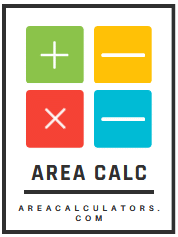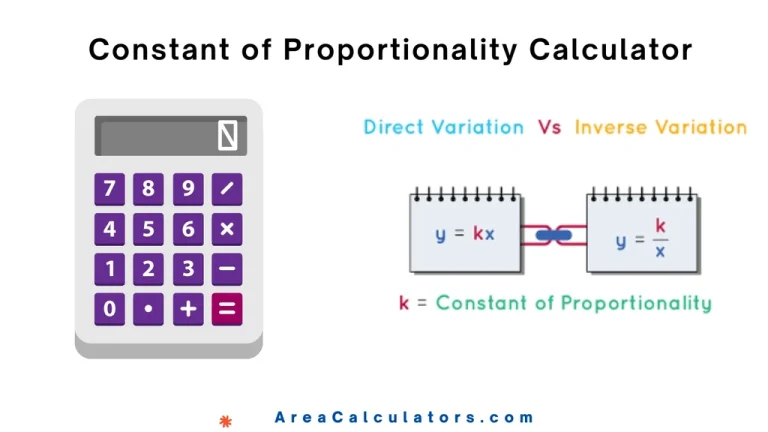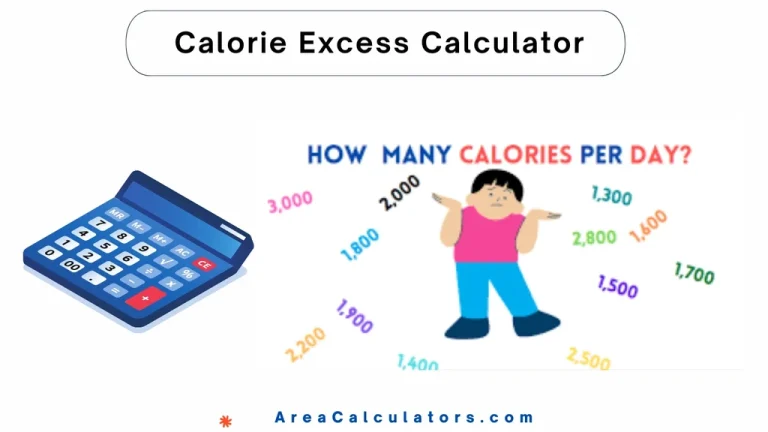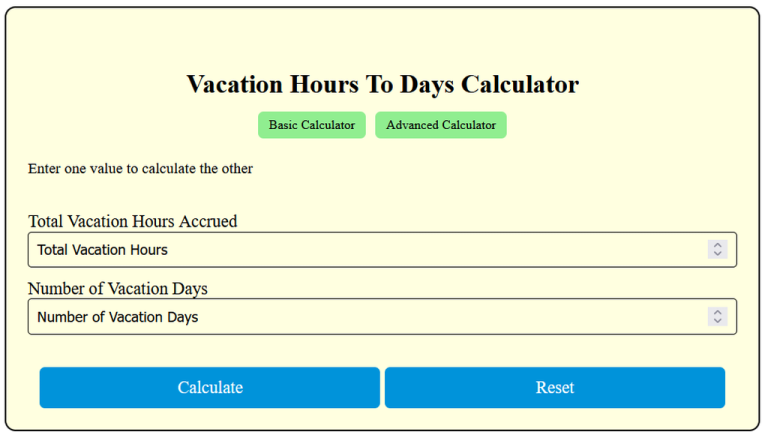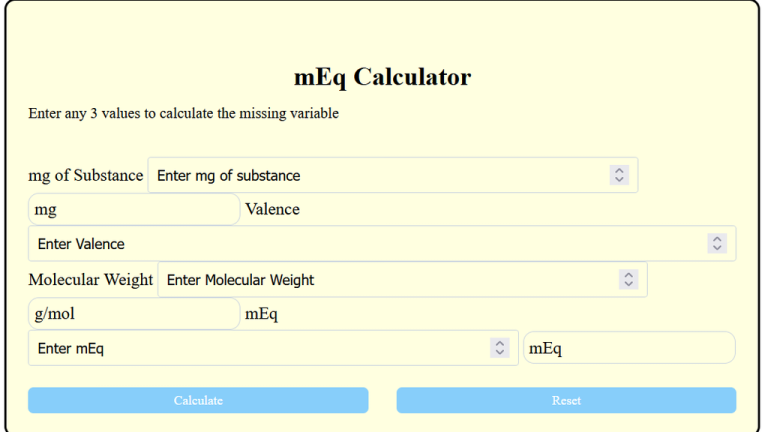Bits Per Pixel Calculator
To calculate bits per pixel, divide the total number of colors by the total number of pixels in the image.
The Bits Per Pixel (BPP) calculator is a tool that helps determine how much data is stored in each pixel of an image, often used in image processing and compression.

Formula:
Where:
- BPP = Bits per pixel (the result)
- C = Total number of colors that can be displayed in an image
- D = Total number of pixels in the image
How to Calculate ?
- Identify Colors and Pixels: Determine the number of colors (C) and the number of pixels (D) in the image.
- Divide Colors by Pixels: Divide the total number of colors by the total number of pixels to get the bits per pixel.
Solved Calculations
Example 1:
Let’s calculate for an image with 256 colors and 100,000 pixels.
Answer: The image has 0.00256 bits per pixel.
Example 2:
Now, for an image with 16,777,216 colors and 1,000,000 pixels.
Answer: The image has 16.7772 bits per pixel.
What is Bits Per Pixel Calculator ?
The Bits Per Pixel (BPP) Calculator is an essential tool for anyone working with digital images and graphics. Understanding bits per pixel is crucial for image quality, as it defines the number of bits used to represent the color of each pixel in an image.
A higher BPP value typically results in better image quality, as it allows for a greater range of colors. For example, 24 bits per pixel is common in high-quality images, allowing for over 16 million colors.
This calculator simplifies the process of determining BPP for various formats, including those used in image compression. Users can also explore how BPP relates to DPI (dots per inch), which is vital for printing and displaying images accurately.
Furthermore, the calculator can assist in converting pixel data to bits, helping users manage file sizes and optimize images for different applications.
Final Words:
Whether you are working on a project for gaming, web design, or graphic design, knowing how to calculate and interpret bits per pixel can greatly enhance the visual quality of your work.
